Ford's CEO Might Execute Lower-margin Vehicles to Boost Profits

Ford’s new CEO, Jim Hackett, has been milling around the company trying to get a sense of what the automaker needs to thrive in today’s car market. Conducting a summer-long assessment of the company’s current status and action points, Hackett is setting himself up with a greater understanding of where Ford stands in order to share his vision of the automaker’s future with investors in early October.
However, we already have some sense of what that future entails. Hackett has already spoken with leadership from the United Auto Workers, easing union fears that he might try to clean house and cut jobs. But his reassurance that there probably won’t be massive layoffs under his leadership doesn’t guarantee low-margin automobiles won’t be at risk.
This isn’t entirely down to Hackett’s management style, either. Investors were becoming annoyed with former CEO Mark Fields’ lofty long-term strategy, which featured fewer near-term goals aimed at bolstering profitability. Some analysts expect Hackett to end production of models that aren’t big earners — which includes just about everything that isn’t an SUV, crossover, or pickup truck.
Even though Ford is already getting into the midsize truck game with the 2019 Ranger (and has the EcoSport compact crossover prepped for next year), its investment base is annoyed that access to these growing segments isn’t available already. According to Automotive News, industry experts expect Hackett to appease shareholders by trimming the fat in less-desirable segments and focusing on what’s hot.
“There’s a lot of low-hanging fruit,” said Dave Sullivan, manager of product analysis at AutoPacific. “They need to be able to react faster to consumer demand.”
Shifting focus off less-desirable segments means some models will likely get the axe at the end of their current product cycle. We’re not expecting to see a return of the C-Max. Despite hanging on better than some of its competitors this year, hybrid car sales are down across the board for 2017 and the C-Max was never a value leader for the company. Annual sales in the peaked in 2013 with 35,210 U.S. deliveries but fell to 19,834 units in 2016.
Ford’s Fiesta experienced a similar decline between the same timeframe — going from 71,073 units to 48,807. While overseas customers will enjoy their Fiestas for some time to come, American buyers won’t see a seventh-generation model. Not even an ST.
Automotive News also tossed in the Taurus for good measure, but that one is a little more difficult to predict. While Taurus sales dropped at roughly the same rate as the Fiesta post-2013, and the model looks poised for an exceptionally bad 2017, fleet sales to law enforcement agencies could keep it afloat for quite some time — mimicking what happened with the Crown Victoria.
Regardless of how it happens, Ford will assuredly make crossovers and trucks a bigger priority while allowing cars to take a backseat in future production strategies.
“This is an industry that has historically only thought as far forward as the next quarter and how things affect earnings,” Sullivan said. “I think there has to be more of a blend of looking forward to the next quarter and year, but also having an understanding of what the future of the auto industry is going to look like and building the foundation for that now.”
Hackett will address Ford’s shareholders and industry analysts in New York on October 3rd.
[Image: Ford Motor Company]

A staunch consumer advocate tracking industry trends and regulation. Before joining TTAC, Matt spent a decade working for marketing and research firms based in NYC. Clients included several of the world’s largest automakers, global tire brands, and aftermarket part suppliers. Dissatisfied with the corporate world and resentful of having to wear suits everyday, he pivoted to writing about cars. Since then, that man has become an ardent supporter of the right-to-repair movement, been interviewed on the auto industry by national radio broadcasts, driven more rental cars than anyone ever should, participated in amateur rallying events, and received the requisite minimum training as sanctioned by the SCCA. Handy with a wrench, Matt grew up surrounded by Detroit auto workers and managed to get a pizza delivery job before he was legally eligible. He later found himself driving box trucks through Manhattan, guaranteeing future sympathy for actual truckers. He continues to conduct research pertaining to the automotive sector as an independent contractor and has since moved back to his native Michigan, closer to where the cars are born. A contrarian, Matt claims to prefer understeer — stating that front and all-wheel drive vehicles cater best to his driving style.
More by Matt Posky
Latest Car Reviews
Read moreLatest Product Reviews
Read moreRecent Comments
- Offbeat Oddity The RAV4, and I say this as someone who currently owns a 2014 CR-V. My aunt has a 2018 CR-V that has had a lot of electrical issues, and I don't trust the turbo and CVT to last as long as Toyota's NA engine and 8-speed automatic. Plus, the RAV4 looks sportier and doesn't have the huge front overhang.
- Offbeat Oddity I'd go with Mazda, especially now that there's no more cylinder deactivation on the 2024 NA motor. It's around $4-5k less than the Toyota with similar equipment, and I think reliability is probably very close between them.Regarding reliability, hasn't this generation of RAV4 taken a hit? I know it's not rated as highly in Consumer Reports, and there were teething issues during the first few years. I'm surprised it's not mentioned in more reviews- even Jack Baruth's. I'm sure the bugs have been worked out by now, though.
- Peter I want a self driving red ragtop 1958 Plymouth Fury. Just like the car in the movie Christine.
- Mgh57 Doesn't seem like this tech is ready for prime time.
- Nathan The Ram is the most boring looking of the full size trucks, kind of like a Tundra.If they cancel the Ram Classic, I hope a full resign makes the Ram at least look interesting.
















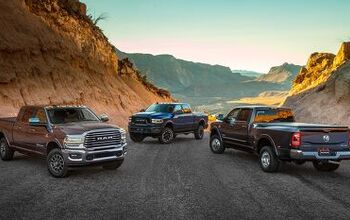

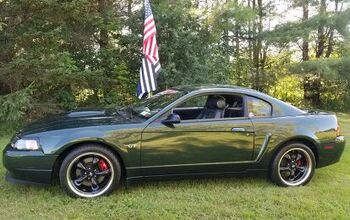
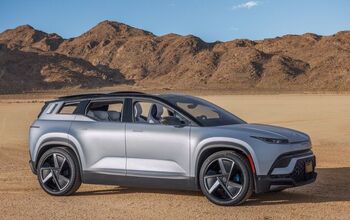
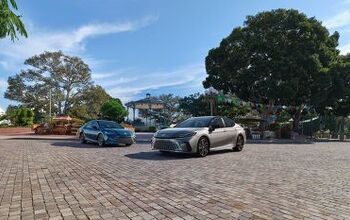
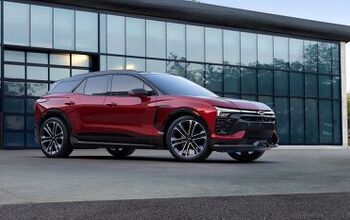
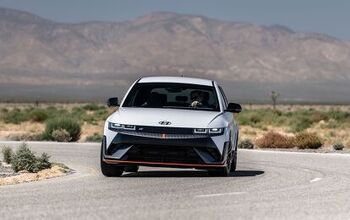
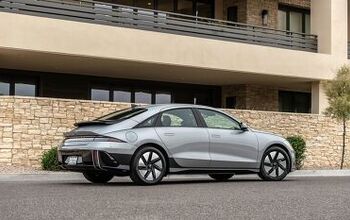
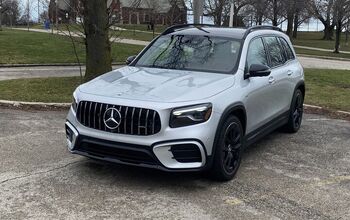
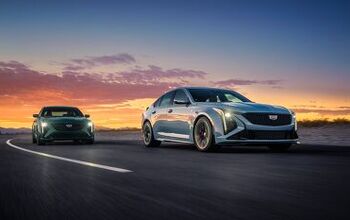

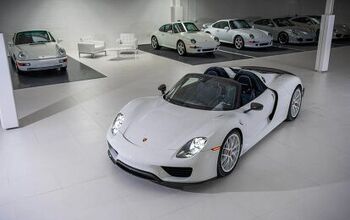
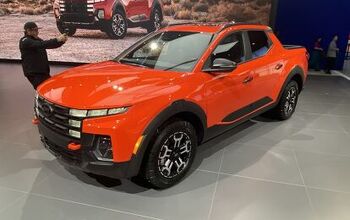
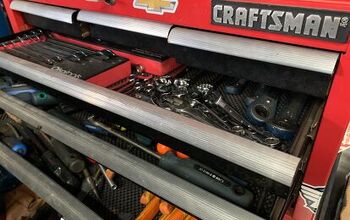
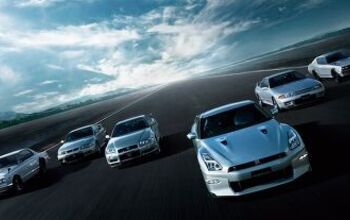
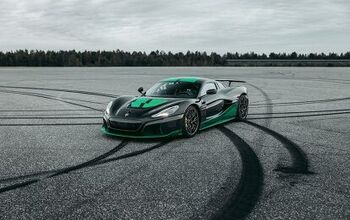
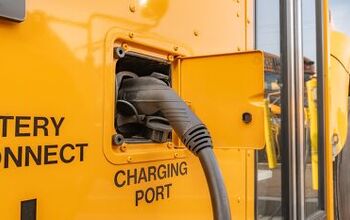
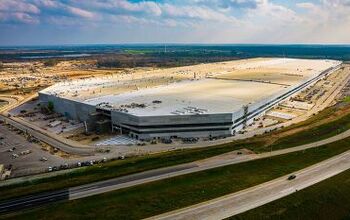
Comments
Join the conversation
Why don't Ford just become a truck seller as that's what it's really known for? Leave the other vehicles to the other automakers, which it already had, like Honda, Toyota, Nissan, etc...
I guess I missed the part where the guy explains how leaving numerous market segments makes Ford "able to react faster to consumer demand". If consumer tastes change and a different segment gets hot, shouldn't Ford already be in that segment? Rather than reacting to what's hot, shouldn't they anticipate what will be hot next? Which means you have to build some things that aren't hot ... until they get hot?